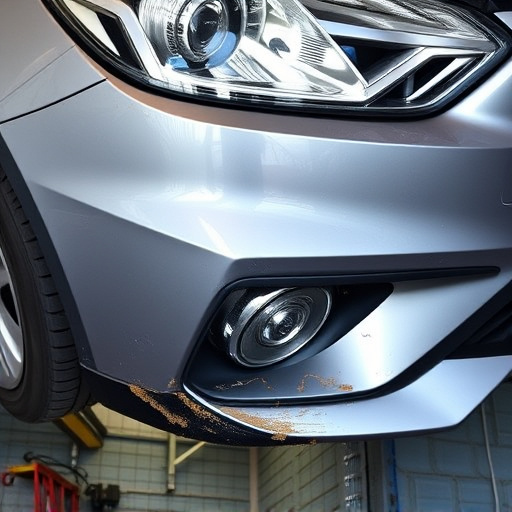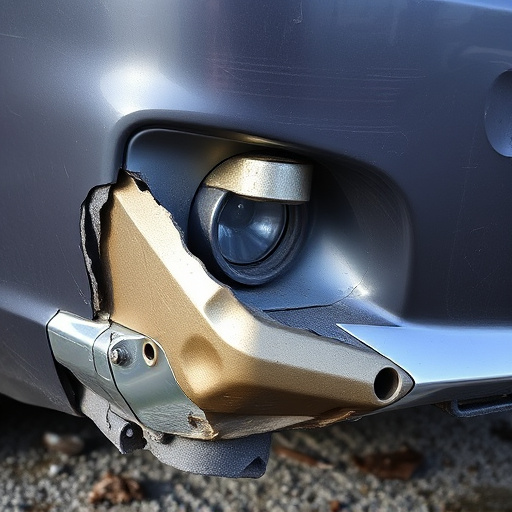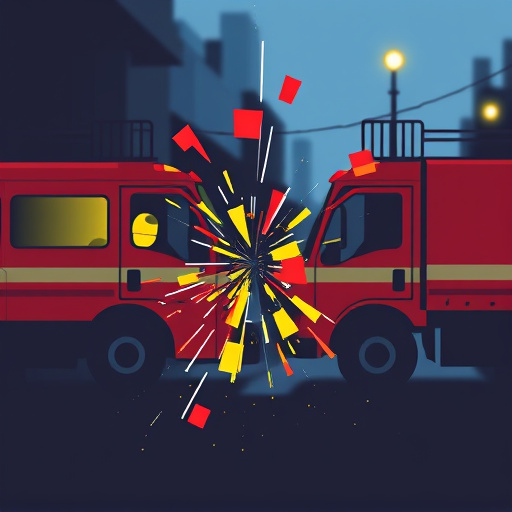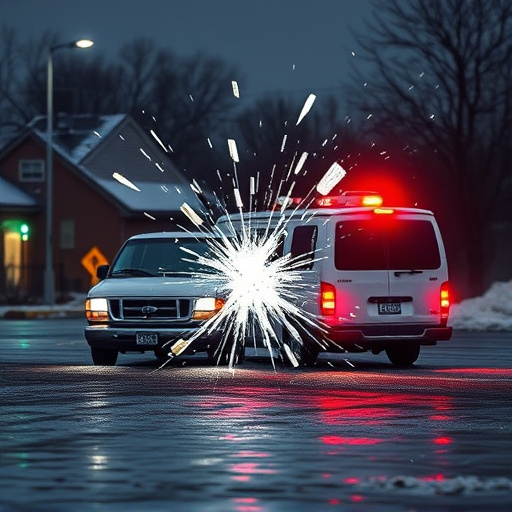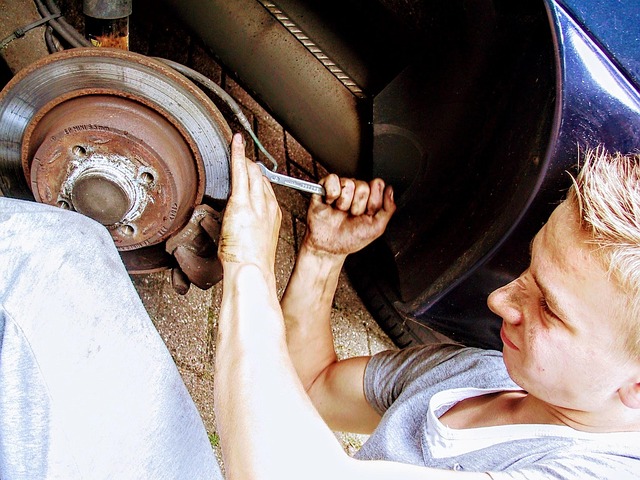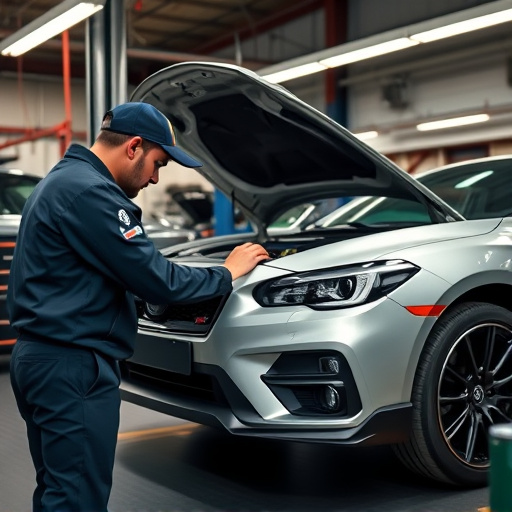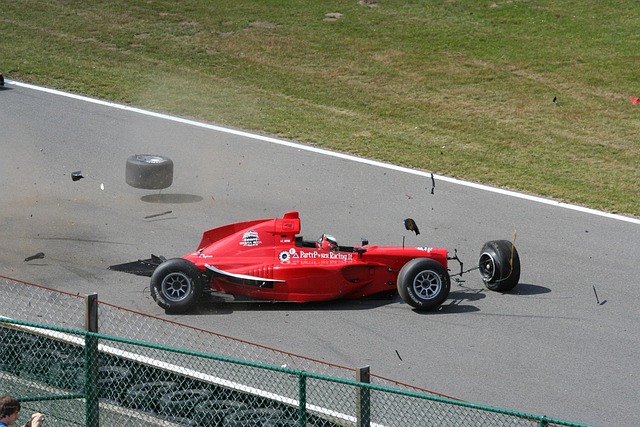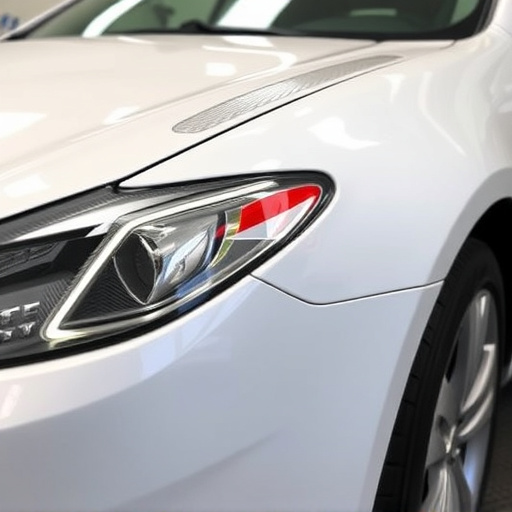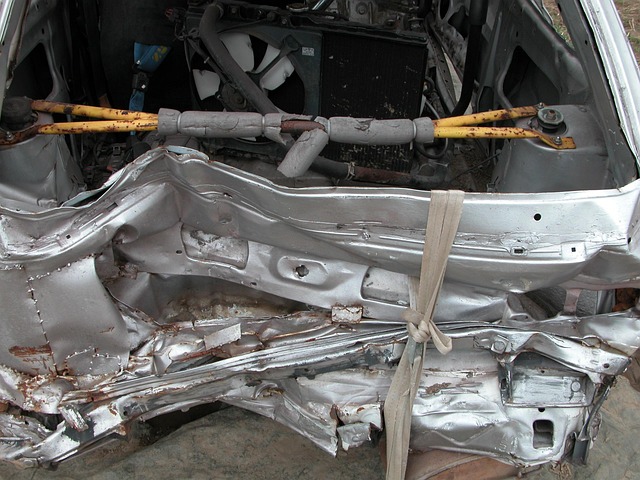Tesla's Remote Diagnostics System continually monitors vehicle sensors post-repair to ensure optimal performance. It detects even slight discrepancies like misalignments or calibration issues, especially after complex repairs like frame straightening or paint work. Proactive monitoring enhances vehicle integrity and the driving experience by catching potential problems early, preventing future handling, comfort, and fuel efficiency issues.
Tesla’s advanced remote diagnostics system has revolutionized post-repair processes, but it can also lead to unexpected calibration alerts. After a repair, Tesla’s system may detect subtle adjustments in vehicle settings, triggering an alert for recalibration. This article delves into understanding this process, exploring the impact of these alerts, and providing troubleshooting tips for resolving potential calibration issues efficiently.
- Understanding Tesla's Remote Diagnostics System
- Impact of Post-Repair Calibration Alerts
- Troubleshooting and Resolving Calibration Issues
Understanding Tesla's Remote Diagnostics System

Tesla’s Remote Diagnostics System is a sophisticated technology that plays a pivotal role in modern vehicle maintenance, especially for electric cars like Tesla models. After a repair, particularly complex procedures such as classic car restoration or automotive repair involving intricate systems, this system becomes increasingly important. It continuously monitors various sensors and parameters within the vehicle, providing real-time data to ensure optimal performance.
When it comes to Tesla remote diagnostics after repair, especially for vehicle paint repair, which is a meticulous process, the system can detect even the slightest discrepancies. If everything isn’t perfectly calibrated, the diagnostics may trigger calibration alerts. This proactive approach allows for swift action to be taken, ensuring that every component functions as intended, ultimately enhancing safety and performance, whether it’s a bustling city street or a tranquil road trip through scenic landscapes.
Impact of Post-Repair Calibration Alerts

After a car undergoes repairs, especially complex procedures like frame straightening or car paint repair for Mercedes Benz models, Tesla remote diagnostics can play a pivotal role in ensuring optimal performance and safety. When a vehicle is calibrated post-repair using these advanced systems, alerts may surface indicating potential issues. These alerts aren’t mere inconveniences; they serve as critical warnings that something might need adjustment to bring the vehicle back to its original specifications.
For instance, Tesla’s remote diagnostics could flag misalignments in the suspension or steering, which are common in severe accidents or intensive repairs like those seen in a Mercedes Benz service center. Prompt action on these alerts is essential; they can prevent future problems that might affect handling, comfort, and even fuel efficiency. This proactive approach to post-repair care ensures not only the integrity of the vehicle but also enhances the overall driving experience for Tesla owners.
Troubleshooting and Resolving Calibration Issues

When Tesla remote diagnostics after repair trigger calibration alerts, it’s often due to issues with the vehicle’s sensor alignment or damage from previous repairs, especially in cases involving frame straightening or vehicle dent repair. The first step in troubleshooting and resolving these problems is to inspect the vehicle for any visible signs of misalignment or damage. This includes checking the body panels, suspension components, and wheels for irregularities. Using specialized tools, such as laser alignment devices, can help pinpoint the exact source of the issue.
Once identified, the next step involves rectifying the problem. For minor misalignments, a simple recalibration might suffice. However, more severe cases, particularly after extensive frame straightening or vehicle dent repair procedures, may necessitate a complete sensor reset and re-calibration. It’s crucial to follow Tesla’s recommended procedures for these tasks, as improper handling could lead to continued calibration issues or even safety hazards. Regular maintenance checks can also prevent future problems by catching potential issues early on.
Tesla’s remote diagnostics system, while powerful for post-repair monitoring, can sometimes trigger unexpected calibration alerts. Understanding these alerts and knowing how to troubleshoot them is key to ensuring your vehicle performs optimally. By following the outlined steps for resolving calibration issues, you can navigate through these alerts effectively, maintaining the precision and reliability of your Tesla’s systems.
